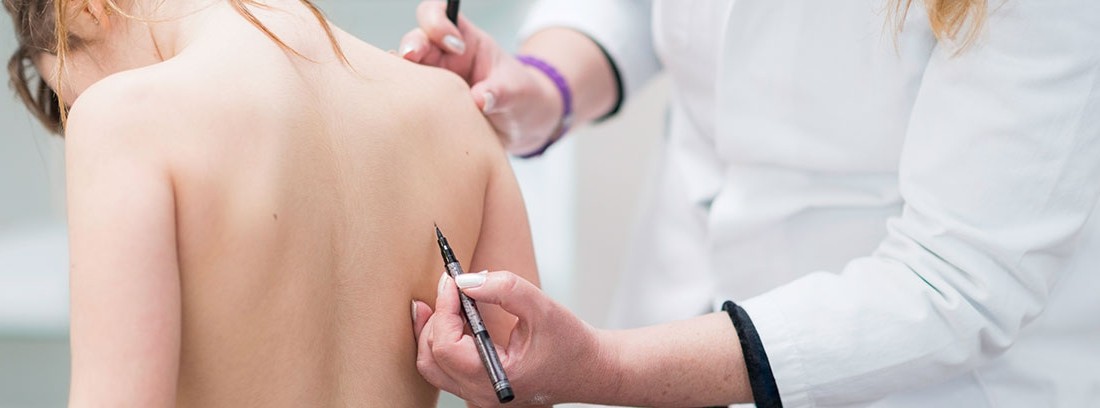Structural alterations and injuries in the athlete

Injuries in the group of athletes are varied, both in terms of their origin and their location. Related to the origin, this can be of intrinsic causes to the person or extrinsic, the latter being those that depend directly on the type of sport, surface on which it is practiced or the equipment used, for example. As for the former, they depend directly on the individual, their anatomical and physiological characteristics.
- There are a series of injuries that can have their origin in the anatomical and physiological characteristics of the individual.
- Alterations of the musculoskeletal system are usually those that most predispose to injury, by producing changes in body alignment and, therefore, in the distribution of forces.
- The difference in length in the lower extremities, or alterations in the alignment of the knees are two clear examples of structural alterations that can cause injuries.
Every human being has common anatomical characteristics. We have muscles, bones, tendons ... but sometimes these can suffer alterations and predispose to physical problems or sports injuries.
The mouth may appear to be an anatomical location with little relationship to possible injury, but it does too. or "teeth grinding", which couples especially tend to suffer when sleeping next to grinding, is one of the oral pathologies that can cause a predisposition to injury. This is due to the fact that when clenching the teeth, muscle contractures may appear, for example, in the neck and shoulders area. Depending on the sport that is practiced, not having 100% musculature can lead to the appearance of an injury.
Alterations of the musculoskeletal system are usually the ones that most increase the predisposition to injury, basically due to the fact that they produce changes in body alignment and, therefore, in the distribution of forces that appear with movement intrinsic to sports practice. Some of them are the following:
Lower limb dysmetria:
Structural alterations and injuries
This is defined as the difference in length between the two lower extremities. 10% of the population suffers this alteration without a specific cause for its existence being diagnosed. For this population, this difference is not considered pathological and is not usually treated. When the differences are more significant, they can cause injuries as a consequence of the imbalance that affects the muscle and joint. It should be taken into consideration that, when there is a deficit in a joint or muscle, an overload appears in its complement, which forces it to withstand greater stresses and as a consequence a poor distribution of load and work. Achilles tendinopathy or iliotibial band syndrome are some of the pathologies that athletes who have limb dysmetria and who do not perform the appropriate correction (this is based, in general, on the use of corrective insoles),
Knee disorders:
Alterations and injuries in athletes
The knees can present two alterations in their alignment. when they have an outward deviation, in the shape of an “O” or also known as “parentheses”, and when the knees face inwards (also known as “X” knees). In this case, being a man or a woman is a predisposing factor to suffer this alteration to a greater extent in men and women). These two structural alterations affect the disposition of the joint axis and one of the pathologies that appear more frequently as a consequence is the patellofemoral syndrome, especially associated with valgus knees. A dull pain is causing discomfort that can lead to more serious consequences, such as the impossibility of proper sports technique. In this case, it is important to perform muscle compensation work, the objective of which will be to reduce the load on the joint and thus minimize symptoms.
(Updated at Apr 14 / 2024)